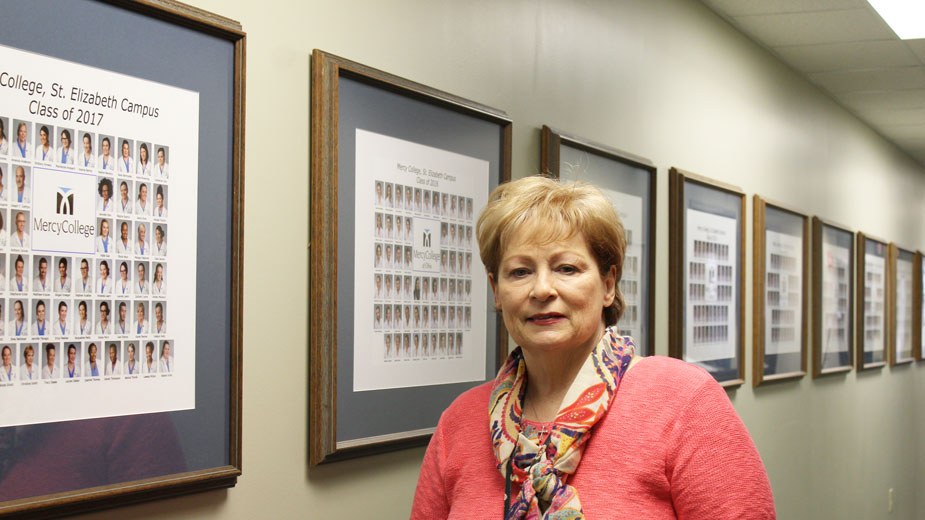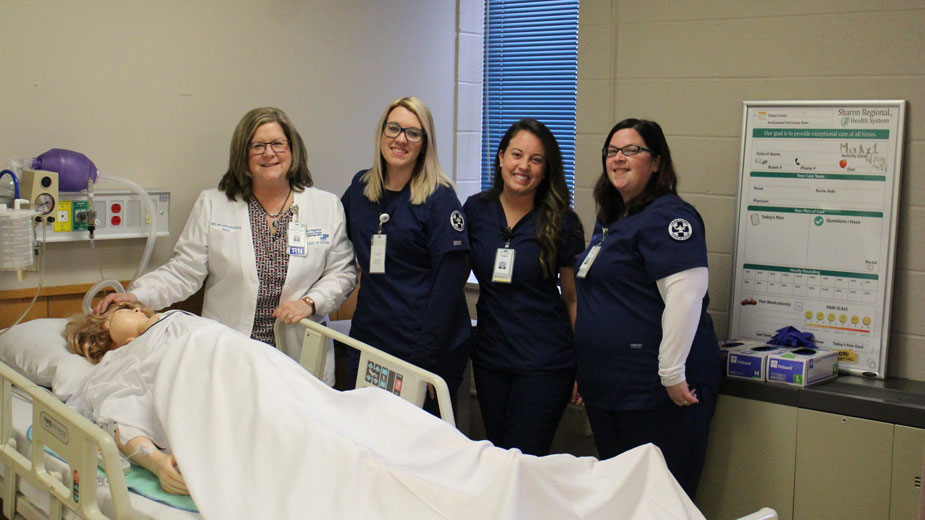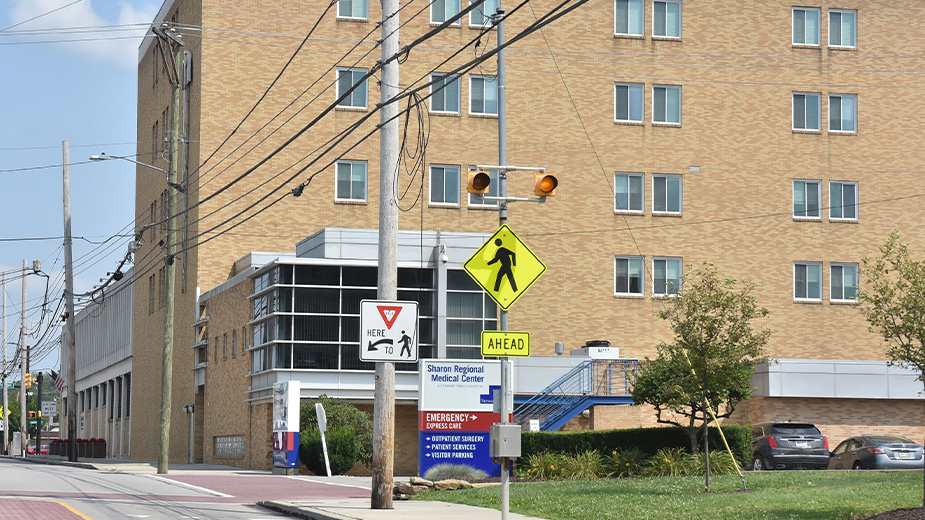Hospitals Prescribe In-House Schools to Recruit Workers
YOUNGSTOWN, Ohio – As the health-care industry stares down a shortage of workers, hospitals and medical systems are working overtime to find the people they need. And, more frequently, those new hires are coming from within their own purview, as nursing schools affiliated with hospitals graduate students.
There’s always been a pendulum, says the dean of Mercy College Youngstown, Dr. Patricia McAllen, between hospitals looking to in-house nursing colleges and hiring from programs such as those at Youngstown State University and Eastern Gateway Community College.
With a shortage of staff creeping ever closer, the college attached to St. Elizabeth Youngstown Hospital has proven to be a way to get people in the door, educated and on the job quickly – sometimes as fast as 15 months.
“They need much less orientation. They know what they’re getting into when they apply for a job at Mercy Health. They’ve done their clinicals here. They’ve done a 90-hour practicum with an RN right before graduation,” McAllen says. “They know the strengths and opportunities that exist at this institution and they can make an informed decision about whether they really want to work here.”
The Bureau of Labor Statistics reported last year that 1.1 million more nurses are needed to avoid a national staff shortage. And it projected that employment opportunities will increase 15% between 2016 and 2026, a rate higher than any other occupation.
Meanwhile, the registered nurses workforce – the types of workers graduating from Mercy College and Sharon Regional Medical Center – is expected to grow to 3.2 million by 2024, a 16% increase from 2014, according to the American Association of Colleges of Nursing.
“The nursing shortage is going to be terrible. The average age of nurses in Ohio is around 49,” McAllen says. “The word is out that this is a growing field, so we have tons of applications. All nursing schools are inundated with applications.”

At Mercy College and the school of nursing at Sharon Regional Medical Center, the program takes just over a year and allows students to sit for the licensing exam to become registered nurses. Sharon Regional also has a school of radiography, a two-year program that graduates students with an associate degree and certifications. And the hospital offers the Winner EMS Institute, which provides emergency-medicine training and “anything pre-hospital related,” says the director, Thomas Perry.
“It’s taught me a lot of skills that I can use in the ER as well. We’re an extension of the ER physician; so we can do intubations, do meds in the field,” Perry says. “It’s a great step to become a paramedic if you’re going into nursing because a lot of the programs are similar and it puts you on the right path.”
The Sharon Regional programs are connected to area colleges; nursing students take classes at Penn State Shenango and those in radiography split time between the Sharon Regional campus and Butler County Community College at LindenPointe in Hermitage. The EMS institute is operated in cooperation with the Community College of Allegheny County.
While the classroom learning is vital to students’ education, what sets the programs apart from standalone nursing programs, such as what’s offered at Eastern Gateway Community College or Youngstown State University, is the in-hospital learning.
“The relationship is a big part of it. By being in the hospital, the students get to know the people they’re going to be working for,” says Mary Jane Larmon, director of the school of nursing at Sharon Regional. “Just from building that relationship, they want to work here. They become part of the community.”
At the radiography school, director Bob Piccirillo notes the program has a 100% job placement rate, with many going to work at the hospital next door.
“For an X-ray tech, they hire the majority of graduates because they understand how the hospital works, how the computers work, where to go,” he says. “They don’t have to have that eight weeks of bringing them up-to-speed because they’re at a new hospital. These people are already experienced. They know how to function here.”
For students, the low cost of in-hospital education programs is often a benefit, faculty members say. At Sharon Regional, the nursing program costs $26,000 and students can work as aides after their first clinical rotations. The radiography program costs $18,000, Piccirillo adds, while the EMT program costs about $4,500.
Students at Mercy College sign an agreement to get a baccalaureate within five years of graduating. Many take advantage of the online baccalaureate program at the college, McAllen says. The health system has a “generous” tuition reimbursement policy and Mercy Health Foundation Mahoning Valley offers scholarships.
At all three schools, interest is rising. The Sharon Regional radiography school is capped at 12 students per year, while the nursing program has seen a steady increase in enrollment.
“When I got here, the graduating class was 19,” says Larmon, now in her second year of leading the nursing college. “In January, we brought in 43 students. … We just sent out 55 letters for next year.”
Mercy College has about 155 students enrolled, she reports, a number that rises to about 200 in the fall.
“Ten years ago, we didn’t have the evening or weekend program,” McAllen says. “We would take maybe 50 or 60. Now, we take 104 every fall for the day [program] and 32 for the evening, just because the need is here. It could go higher, but we don’t have the space.”
Pictured:Mary Jane Larmon, left, is director of the Sharon Regional Medical Center’s school of nursing. Among the class graduating in May are Danielle Hagan, Hannah McCoy and Jessica Peters.
Copyright 2024 The Business Journal, Youngstown, Ohio.



